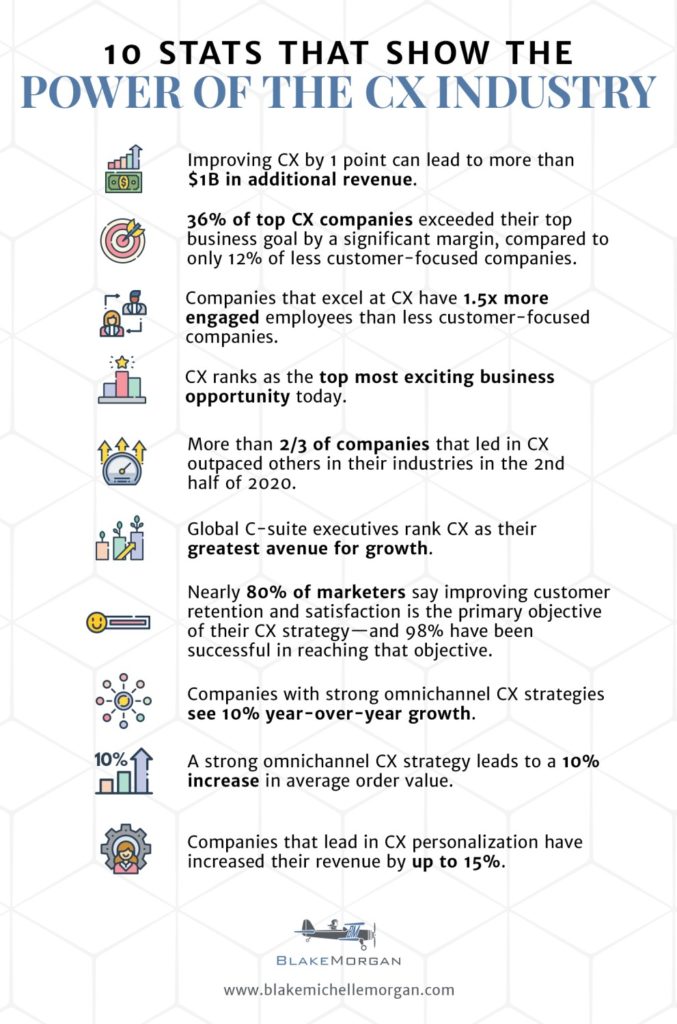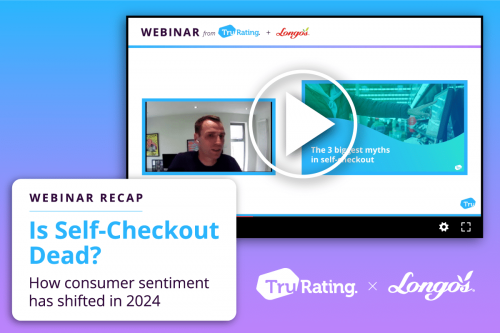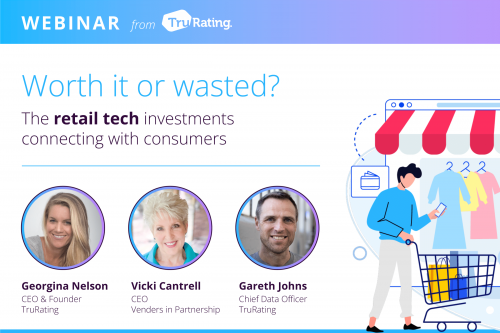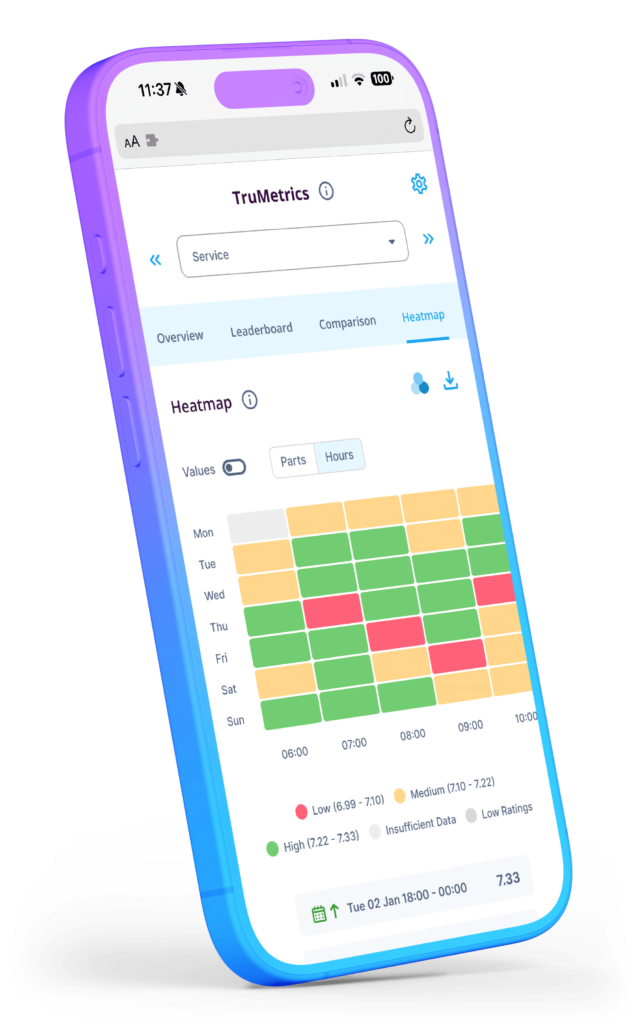A recent survey of over 400 leaders in the field by McKinsey, revealed only 4% of cx leaders believe they can calculate a decision’s Return on Investment.
How to prove the ROI of CX was also the focus of a recent guide by Forrester. In this case, the focus was on building a convincing business case. While the step-by-step guide was logical, it contained a jarring assumption.
That the best way to measure the impact of CX initiatives is via traditional CX metrics.
I have written about my issues with measures like NPS before – and relying on metrics that have a tenuous link to financial outcomes, only compounds the issue raised by McKinsey.
How are you meant to prove your case if you can’t truly show the value of what you’re doing?
What is the ROI of CX?
A recent article by CX thought leader Blake Morgan reported the staggering value of customer experience done correctly:
- Customer-centric companies are 60% more profitable than companies that don’t focus on customers
- Brands with superior customer experience bring in 5.7 times more revenue than laggards
- 84% of companies that work to improve their customer experience report an increase in their revenue
Morgan writes, the key to winning executive support ‘is using data to prove the ROI of CX and paint a convincing story. Yet this seems to be where so many today fail.
And not because of a lack of intent. But because getting to the right data to show the value of what you’re doing – is not always an easy task.

Finding the right CX KPIs
To be taken seriously CX leaders need to focus on metrics that matter to a business. Any real initiative should be about improving the customer experience. But this shouldn’t be limited to only improving customer experience scores.
The success of an initiative should be measured by hard business measures. Increases in conversion, transaction value and basket size. The number of repeat visits or decrease in churn.
These are the metrics that lead to an actual return on investment, and in most cases, are already being tracked. So why aren’t they the first discussed?
One of the main issues is that of attribution. There are so many factors that impact these harder measures, that many departments will claim any improvements as their own.
CX leaders can be prone to taking a seat back and simply reporting on things they ‘can measure’. And therein lies the problem.
There’s more to CX than NPS
The truth is all measures are impacted by decisions made in other departments. Hiring practices, product pricing, promotions, store placement, global pandemics.
There’s a lot going on out there we can’t control.
To believe that NPS, because reported on by CX, is only impacted by that team is naïve at best. It is better to accept that benefits realisation can be messy – but still to focus on the measures that matter.
Another issue for CX professionals is that reporting on compliance to initiatives can be very hard. Especially those focused on staff behaviour or store level action. This oversight in design often leads to a leaning on metrics, that are not actually granular enough to show real change.
If as a CX leader you can’t measure whether your initiative has even happened properly, then you are on very shaky grounds for claiming any benefits regardless of the metrics you adopt. Or as Chief Customer Officer-pioneer Jeanne Bliss puts it,
“The Chief Customer Officer has to get dirt under his or her fingernails to be able to talk about the business issues. If done well, this further removes people’s questions about the validity for the CCO and will move the company early on from talking to action.”
Doing the right thing – customer experience style
Even with a better-written business case, stronger financial measures of success and confident measures of compliance – placing too much emphasis on a business case can be problematic.
The danger is that only business cases that are easy to prove and track get approved. It is this behaviour that sees CX initiatives pigeonholed to streamlining the processes in the call centre or rolling out self-serve tills. Reducing it to measuring the resulting cost savings, rather than addressing customers wants and needs.
Taking a leap into the unknown is easier to do if your business already strongly believes that the customer should be at the heart of their decision-making process. But if you are a CX leader in a business that doesn’t inherently believe in customer centricity you’re in trouble. However good your business case is.
Putting CX Centre Stage – Retail Prodigy Group
When we began our working relationship with the Retail Prodigy Group, the store team were facing similar challenges to those described above. They believed that there were specific behaviours that all staff should be adopting to improve the customer experience and increase spend.
But they had no way to prove this and get wider buy-in for a full rollout.
By providing a way to ask specific questions to customers as they paid on the point-of-sale we helped them truly track compliance to their initiatives for the first time. With 80% response rates, tied to transactional details, they were able to see how their service standards impacted customer spend and satisfaction.
Ultimately there were able to show that a full rollout and compliance to the new sales approach would lead to a 5% increase in like for like revenue for a minimal investment in staff training. But they know had a way to measure efficiency on the ground.
As Head of People Phillipa Peel put it, “TruRating has completely changed our KPI and accountability structure.” Customer Experience as a tangible and actionable metric was now well and truly centre stage.
Do the right thing – a CX rewind
If you’d like to follow in the footsteps of Spike Lee and understand how to ‘do the right thing’ for your organization – we’re here and ready to help.
Access to better data (what we do best) is crucial but ultimately leaders need to change their behaviour and realize the potential of customer experience as a change agent for every part of your organization.
Focus on what matters most to customers. Build in the steps to prove that your CX initiatives have been properly executed (do this and the ROI of CX is not a question). And be brave enough to be measured by the existing financial measures of your business.
This is what will lead to confidence in the board room, but most importantly, better outcomes for customers.














